The ground is covered with white-the first snowfall here in western Wisconsin. It won’t last to be sure, but it does get the heart pumping for fatbike season. Actually, there is no “fatbike season”….the fattys roll all year, as it should be now-a-days.
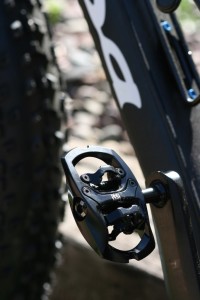 But, the snow does remind us that bikes, clothing and gear need to be made ready for the upcoming “On-Snow” period. On the bike, that may include a switch of tires to make the bike handle better in the soft stuff, or something as mundane as changing out pedals.
But, the snow does remind us that bikes, clothing and gear need to be made ready for the upcoming “On-Snow” period. On the bike, that may include a switch of tires to make the bike handle better in the soft stuff, or something as mundane as changing out pedals.
As unsexy as pedals are, yet, without a quality pair, you’re stuck in the parking lot or hiking out after they are in pieces. In years past (think pioneering days of fat bikes) we all swapped clipless for flats in winter. Cold feet are no treat and big warm boots were a necessity, which, of course, don’t play nice with tiny SPDs or Eggbeaters or the like. New fangled winter specific boots arrived a few years later which allowed us to click in again, but with some issues-namely mating a big wide boot sole to a small narrow pedal.
The iSSi brand pedals arrived earlier this year to be run through the test mill and from the get go, I really liked them. The “iSSi” brand (under the QBP umbrella) has moved into the market with four models, ranging from the 316gr. ISSi II to the 445gr. ISSi Trail, which features an aluminum cage for extra width and grip. ISSi pedals are compatible with not only their own cleats, but also SPD and Wellgo 98A models.
With the arrival of “winter” (albeit, very short here in November ), the trail model, (with available chromoly spindle lengths of the standard (52.2mm), a +6mm and additionally a +12mm) can be switched up to make room for the wider tread of my winter boots. For those of us threading them into fatbike cranks, that extra dimension is genius. When running a variety of footwear-from normal warm weather shoes to wide warm winter riding boots, the extra space allows the pedal to be positioned in the center of the sole, avoiding the annoying rub-on-crank syndrome.
The Beargrease has been the main test machine so far for the iSSi pedals and that pleasant, solid click of fresh cleats engaging the sturdy built pedal is still there-no vague connection to the cranks. As mentioned earlier, the iSSi’ Trail have a larger “cage” than most other pedals and though I appreciated that feature in the summer, it really helps now that the Wölvhammer’s are underfoot. That extra foundation the trail model provides a more comfortable ride. The iSSi’s have 4° float, a 14.6° angle of release, (which works well for me) and easy to adjust spring tension.
The sealed bearings/bushings provide low (so far no) maintenance and long term durability-something I can appreciate, having blown out other pedals over the years.
Swapping the spindles was easy and straightforward. The iSSi’s have some of the best written and easy to understand rebuild directions with sections on replacement of bearings and bushings and maintenance. All that’s needed are 6 & 8mm Allen wrenches, 9mm socket, grease and a small flathead screwdriver. One note I will add is most sockets in my toolbox had too-thick of walls to slide into the outside nut on the spindle-A small “driver” type socket (for a drill bit chuck) worked perfect. After removing the end cap, the small spindle nut is removed (paying attention to reverse threads here-right side has right hand threads) and the spindle can be slid out. I replaced the standard spindle with the long +12mm one for wider boot compatibility. Since the bushings and bearings were still in great shape, I left them inside the pedal body (iSSi includes all seals,bushings and bearings for replacement if needed). Greasing up the spindle shaft, it’s slid back into the pedal and the outside spindle nut tightened. Changing these couldn’t be simpler and the process is done in 5 minutes.
With fatbike bottom brackets so wide to start with, I didn’t notice the extra millimeters of space when the +12mm were installed. If anything, the advantage of not having the inside part of the sole or uppers of the boot rubbing on the crank far outweighs that added (though slight) Q-factor distance. Clicking into the pedal in winter boots was much easier with no hunting around because the sole is mashed up against the crankarm.
Although there are non-SPD style pedals out there, I’ve always stayed with them (versions from Ritchey, Wellgo etc. along with Shimanos) and have never seen an advantage to changing-all my bikes, from road to SS to Fatbike use SPDs, use them, which makes life easier. With iSSi on the market now and the versatility of swapping spindles, it’s almost a no-brainer that these will be my defacto pedals now. The stout rebuild-ability of these and quality construction are second to none. All models of iSSi pedals have rebuild parts available-not only spindles but back plates and retentions clips as well.
ISSi pedals some in eight colors to match any ride-Silver, black, pink, red, blue, orange, yellow and Brilliant white. Retail prices range from $100-$120, in the ballpark of Shimino’s high end trail pedals.
If you’re looking for a strong, rebuildable, high quality pedal, something that’ll be compatible with your other SPD rides, the iSSi’s are for you. After months of putting them through the ringer, they still spin like new and clicking in is sure and solid. When the rest of winter arrives I’m confident these will continue to perform well. While not as seductive as some other fatbike components-you’re going nowhere fast without a good set of pedals connecting you to the bike and these do their job well.
For more information about Issi Pedals visit – www.rideissi.com

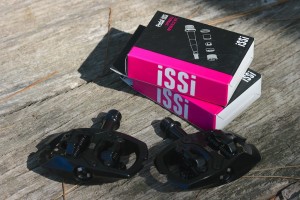
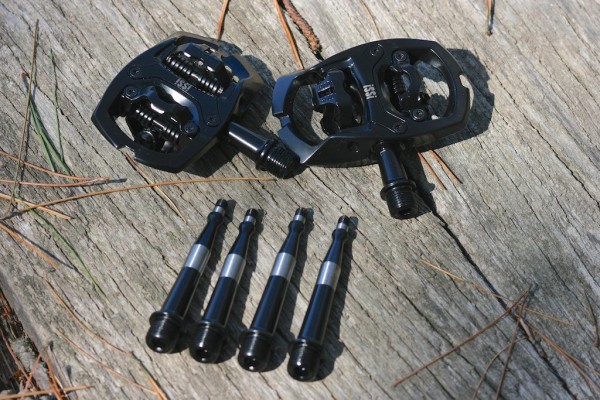

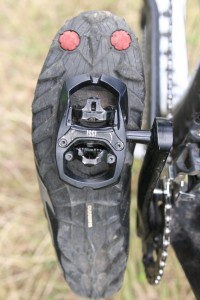

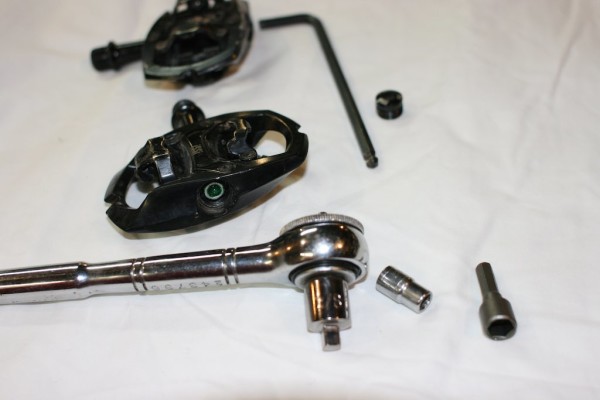


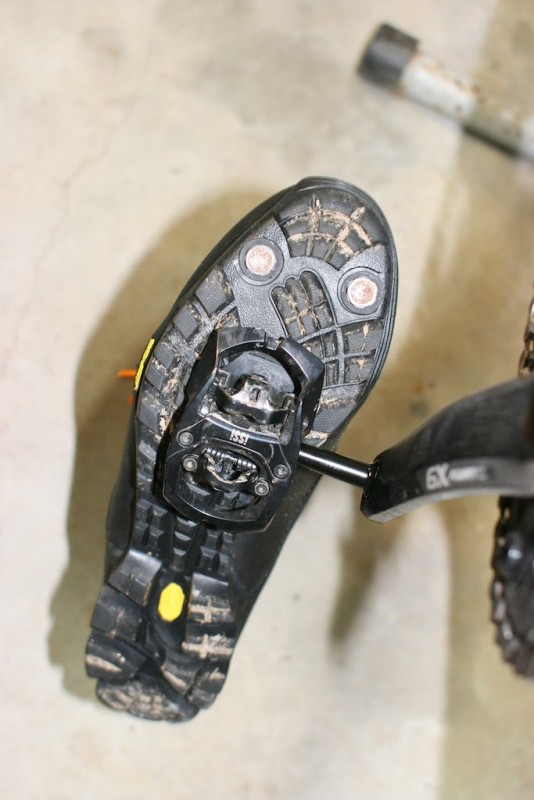
No comments yet.